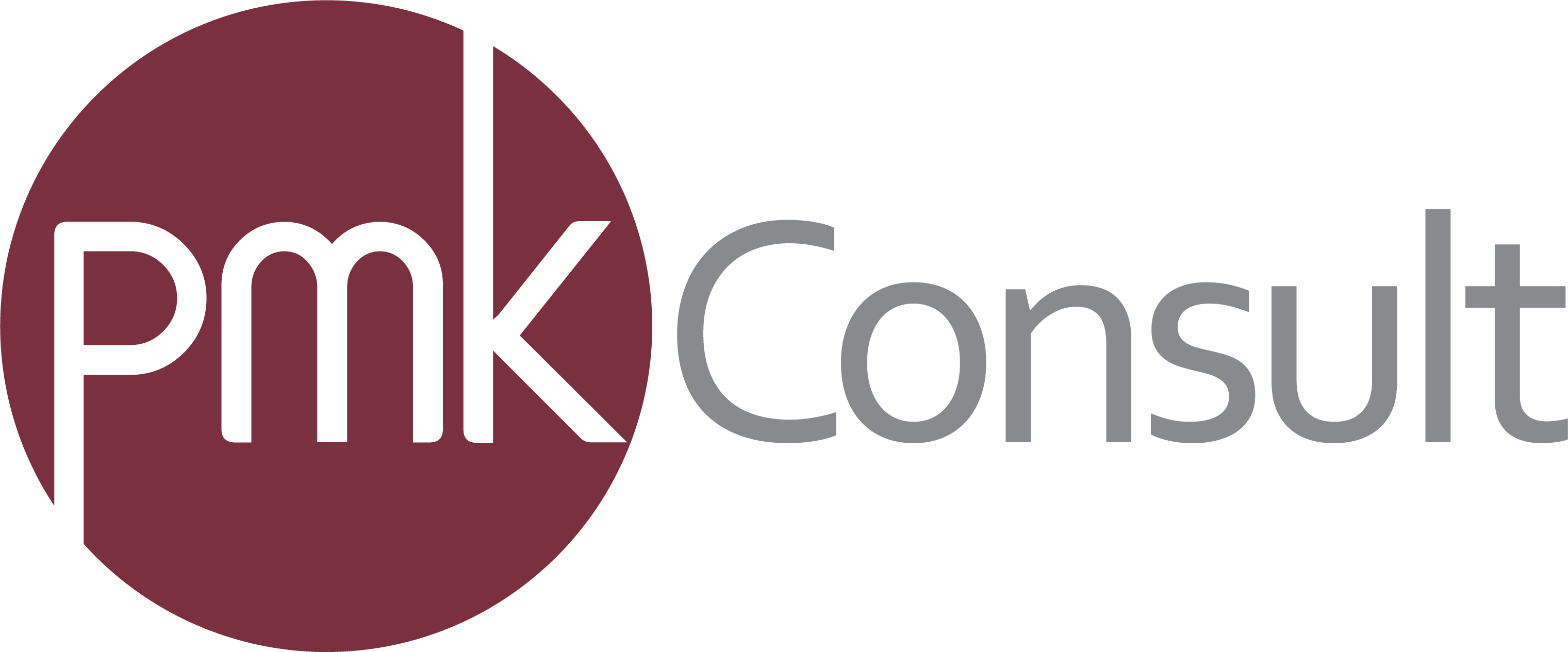Insights by Projects Director and Healthcare PM/CM sector specialist
With investment in the regional healthcare sector growing at a significant pace, stakeholders in the industry experience optimism from the industry growth and the support that the local government is providing on one hand, and on the other, project owners in particular face mounting pressure from investors to finish projects at break-neck speed. The pressure to get their medical facilities up and running, and to start building their client base amid an increasing number of operators is palpable. This has proven the case on every healthcare project that I’ve work on— Of course there is a sense of urgency on other sector projects, but this is in a category of its own. Getting out ahead of the competition and realizing returns on your investment requires moving fast but should not involve cutting corners or leaping before you look.
This ambition to get out ahead – regardless of the motivation – is ironically one of the primary reasons I see healthcare projects stalling or taking an extended period of time to finish.
Healthcare project management is not your everyday ‘build to suit’ type of project. Detailed planning and risk management are critical actions not only safeguard your investment, but also establish a feasible, sustainable, and profitable delivery timeline.
Rather than breaking ground at the earliest opportunity and finalizing your design plans as you go, time and effort is best spent planning and mitigating risks and challenges with the aid of your technical project management professional prior to commencement of construction. Approaching your healthcare project in the correct manner will ensure project feasibility, avoid “false-starts”, and help ensure seamless completion in one single attempt.
There are many critical elements that go into delivering a healthcare project. Safeguarding your investment begins at this essential technical planning stage. I have outlined below some of the main aspects of managing a technical project delivery. This list represents the tip of the iceberg, but it is a great start in understanding the depth of planning that needs to occur for your project to be a success.
The healthcare project can only be completed successfully if it:
- Meets the exacting requirements of the medical facility; “freezing” the Medical Programme at the early stage is critical.
- Is fully compliant with the regulatory codes, fit to service patients from zoning and medical adjacencies, ensuring health and safety standards are exceeded and contamination risks eliminated. In addition to accessibility, specific lighting, and medical waste management, egress etc. are of the utmost importance.
- Accommodates medical technology and equipment requirements, and addresses measures to accommodate upgrades and enhancements during operations as the need may arise.
Here are just some important considerations that I see being under revered. I consistently advise clients and healthcare stakeholders to take into serious consideration when kicking off a healthcare project.
Brief Development
It is crucial that the medical programme is agreed upon and fixed to allow for optimal patient flows and medical adjacencies. Changes during execution phase can cause catastrophic delays and can later hinder the operational performance of the facility. Many project owners don’t fully appreciate the operational cost benefit of getting this right from the outset. Having worked on many projects in the healthcare sector, this is a key consideration, which a technically savvy project manager team would ask at this early stage.
Stakeholder Engagement
Project complexity can be defined based on the extent of stakeholders, the varying range of skills and subject matter experts required to contribute to a project. Multiple specialisms within the operations team are a great USP for the new business, but at the planning stage it can be a challenge when five clinicians present ten different opinions! Aligning stakeholders against a common outcome rather than trying to cater to many different objectives is a necessary struggle at the initial stage. Once the stakeholders are aligned against the common objective, garnering proactive and progressive engagement from these knowledgeable individuals is valuable to the outcome.
Specialist Team Assembly
Occasionally the Operator/End user’s team of specialists is not be fully formed at the brief development and design phase. This is particularly the case with newly formed healthcare companies. Assembling their team during the design and construction period brings several significant project risks. In terms of the selection of a site or building, choosing the most appropriate type and location is essential. Repurposing an existing building, which may currently be used for commercial or residential use, presents significant challenges that need to be addressed early to validate project feasibility and budget planning.
Hospital Setting
The uniqueness of the hospital setting and functional requirements for each room plays a major part of the hospital’s identity and performance. It’s very similar to how corporate brand guidelines define the look and feel of an office space. However, every healthcare facility is different, and each presents its own set of challenges from a regulatory, medical and operator identity standpoint.
Specialist Equipment
Medical equipment is constantly evolving. Specialist vendor input is essential at the planning and design stage, however due to the complexity of medical equipment selections and the strict adherence to best practice procurement procedures, quite often final technical information is not available early in the project. Using the team’s deep understanding of delivering healthcare projects, certain assumptions must be made, and provisions need to be allocated to cater for emerging requirements once final equipment selections have been made.
Close coordination with the supply chain is critical to establish the site readiness criteria, to overcome site constraints and to ensure a clear understanding of all parties’ scope and responsibilities. Smooth delivery, installation, integration, testing and commissioning of all equipment in line with the agreed programme will require meticulous planning and coordination.
High degree of technical coordination
Medical facilities require expert knowledge in order to ensure that all components of the design and delivery gel well together and will meet the high standard of operational requirements. The technical complexity is unique and quite often new healthcare project owners do not realize some of the extremely relevant and mission critical elements involved. With each project having its own set of variables, an experienced and competent technical specialist is best to advise and steer the project from inception. Similarly, the subcontractors and other relevant project stakeholders need to be well versed in such project deliveries. It is at the technical design stage that crucial elements can be overlooked, causing projects to stall.
Advancing Technology
Much to the tune of my earlier point about planning for technological evolution, this is most particularly the case in healthcare. There are rapid changes and upgrades to medical equipment, and with healthcare becoming a consumer commodity, ensuring that your project is well poised to adjust and adapt quickly is a must in today’s environment.
Complex Infrastructure
Due to the scale and complexity of infrastructure within the healthcare-built environment, I strongly recommend the use of Building Information Modelling (BIM) technology to ensure all services are fully coordinated and potential clashes obviated. The BIM model will save time and money by optimizing the use of materials and facilitating off-site production of modular solutions. The inclusion of a number of modular solutions in my healthcare projects have proven to add significant value and help bring forward medical operations.
Healthcare Compliance
There are many elements of design specifications requiring healthcare-compliant, anti-microbial material and finishes. The standards and regulations are prone to change, and it is important to select suppliers and engage with stakeholders that are aware of these requirements and are able to accommodate the specifications in a timely and cost-effective manner.
Designs must be sufficiently developed and approved by the governing healthcare authority to ensure compliance and to avoid design changes, costly abortive works schedule overruns at a later stage.
Project Team Inexperience
It is necessary to assemble a team of consultants and contractors with proven success in the delivery of healthcare facilities. A deep understanding of the intricacies, constraints and considerations required to design and build a hospital or clinic is essential– it is not comparable to delivering projects in other sectors.
On too many occasions I have witnessed the aftermath of overspending due to inappropriate procurement selections. It is a hard pill to swallow on the realization that valuable time and budget savings that could have been made if the appropriate team was deployed from project initiation. A number of the healthcare projects I have delivered in the Middle East have been in a ‘project recovery’ capacity. Only after a number of poor decisions have been made have the project sponsors realized that a specialist team must be engaged to get the project on the right track and to bring cost, programme and compliance certainty.
I highly recommend planning for success in your healthcare project by investing in a competent and technically proficient project management team from the outset; it is the best way to safeguard your healthcare asset.
Click here to download our full Healthcare Capability Statement.



